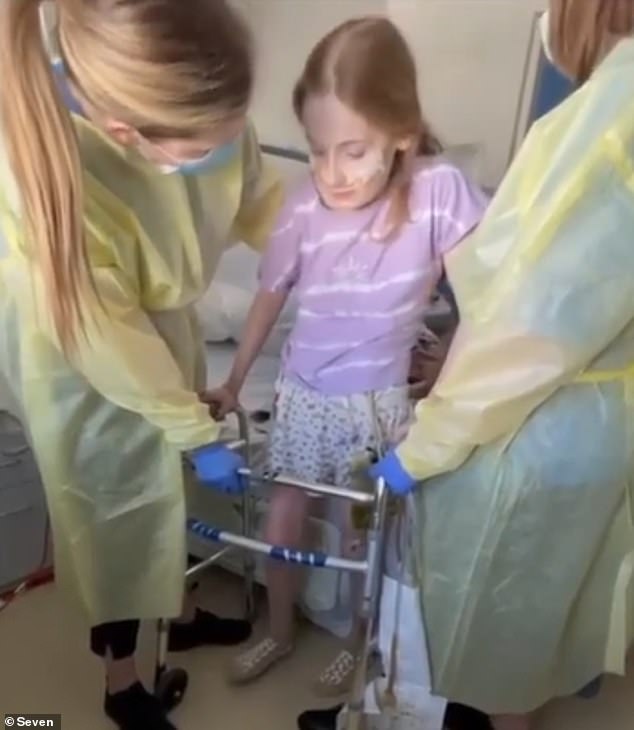Lily Thai made pinky promise with friend Annaliese Holland before using assisted dying laws to end life
Lily Thai Made a Pinky Promise With Girlfriend Annaliese Holland Before Using Assisted Dying Laws to End a Life
- Terminally ill Lily Thai, 23, decided to take her own life
- Friend Annaliese Holland made her a promise
As Lily Thai counted down the days until she ended her life through voluntary assisted dying, her friend Annaliese Holland pink promised that they would always be by each other’s side.
The young women had several things in common: both were 23, from South Australia and battling terminal autoimmune-autonomous gangliopathy (AAG).
Lily was one of the youngest Australians to legally commit suicide when she died on June 21 under South Australian voluntary assisted dying laws introduced in January.
Now, three months after her death and just days away from an operation that could cost her own life, Annaliese was determined to keep her promise.
She left hospice care on Sunday to take part in Adelaide’s City to Bay Fun Run in honor of her friend’s legacy.
“I promised her the first day I met her and said I promise to hold your hand through all of this and I’ll be there,” she told 7News.
‘I promised Lily that I would continue to raise awareness, to show everyone what we went through and the hell of it.
Lily Thai (pictured) took her own life on June 21 under South Australian voluntary assisted dying legislation

Lily Thai (right) is pictured with friend Annaliese Holland while in hospice care
‘I was so sick this morning I didn’t think I’d come here. I had to get pain relief, I had to throw up. But I did it, I got here. And I’m so glad I did it.’
Lily and Annaliese connected during the last months of her life and bonded over their shared condition – which causes a person’s immune system to attack their own body, slowing the shutdown of vital organs.
The debilitating disease left Lily in constant pain and unable to walk, drink or eat without getting sick.
Annaliese, who has been battling the disease for nine years, is currently in palliative care and will undergo spinal cord surgery next week, from which she may never wake.
Despite struggling with her own illness, she was determined to honor her friend and the operation was postponed from Friday so she could take part in the fun run to raise money for the Hospital Research Foundation.
Annalize carried a foundation banner on her back and received cheers from the crowd as she crossed the finish line.

Annaliese is pictured speaking to reporters after crossing the finish line during the City to Bay fun run in Adelaide on Sunday

Annaliese has been battling AAG since she was 11 and will undergo life-threatening surgery on her spinal cord in the coming days.
Annaliese said she used the walk to raise awareness about benefits, such as hospice care, and to change misconceptions about terminal illnesses.
This time last year, Lily heard Annaliese was walking through City to Bay in 2022 and got in touch to say she had inspired her to leave the hospice for a day out for the first time.
The pair met and immediately formed a beautiful bond, with Lily asking Annaliese to be one of the six people at her bedside when she died.
Annaliese was one of Lily’s loved ones who spoke at her funeral, where the 23-year-old reiterated her pledge to continue raising awareness about their disease in Lily’s honor.
Annaliese started feeling sick at age 11, which led to years of misdiagnoses as she struggled with chronic pain and her internal organs began to fail. Until then she had been a healthy, fit child.
But over the past eight years, while battling AAAG, she has struggled with relentless health issues, including sepsis, intestinal failure, Addison’s disease and osteoporosis.
Annaliese said getting sick made her realize how rough people can be with each other and how being happy and positive has the power to change someone’s world.
She said she is grateful to everyone who has been with her on her journey over the past twelve years and wants people to remember her in happy times.
